The Reno6 Pro 5G is the top model in Oppo’s Reno6 range, featuring a Snapdragon 870 chipset, 12GB RAM and 256GB of internal storage. Images can be viewed and composed using a 6.5-inch AMOLED display with FHD+ resolution.
The front camera couples a 32 MP sensor with a 26mm (equivalent) f/2.4 aperture lens. For video, the Reno6 Pro’s front camera shoots either 1080p or 720p resolution at 30 frames per second.
Let’s see how the Oppo Reno6 Pro 5G selfies performed in our DXOMARK Camera test.
Key front camera specifications:
- Primary: 32 MP sensor with 0.8µm pixels
- 26mm, f/2.4-aperture
- 1080p/720p at 30fps video (1080p/30fps tested)
About DXOMARK Selfie tests: For scoring and analysis in our smartphone front camera reviews, DXOMARK engineers capture and evaluate over 1500 test images and more than 2 hours of video both in controlled lab environments and in natural indoor and outdoor scenes, using the camera’s default settings. This article is designed to highlight the most important results of our testing. For more information about the DXOMARK Selfie test protocol, click here.
Test summary
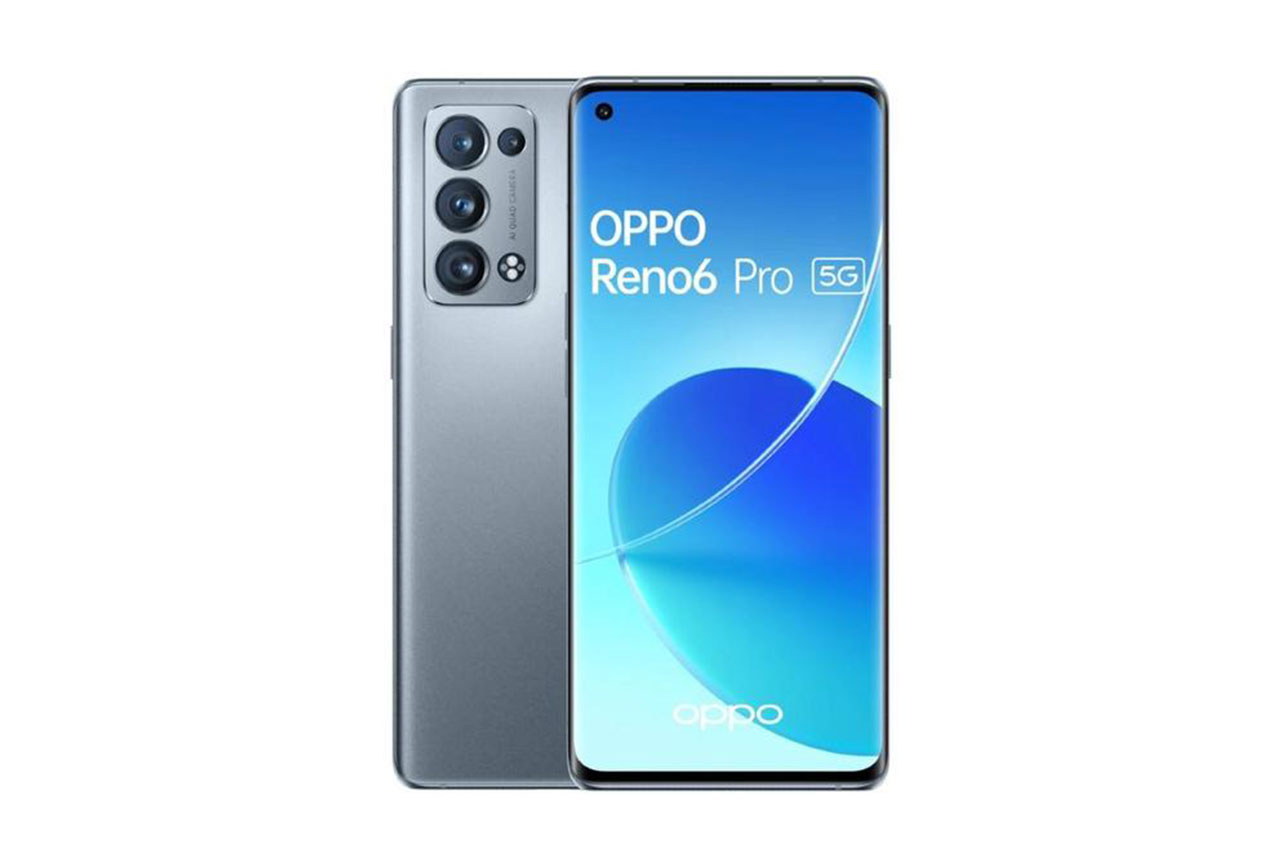
Oppo Reno6 Pro


Pros
- Accurate target exposure on indoor photos
- Nice skin tones on fair to light skin types
- Pleasant texture rendering with good detail on faces in outdoor photos
- Well-controlled noise in outdoor videos
- Video focus is stable and repeatable
Cons
- Pinkish white balance in outdoor photos
- Tone compression sometimes visible in backlit HDR photos
- Hue shift sometimes visible on faces in HDR photos
- Out of focus faces at selfie/stick distance
- Fusion artifacts sometimes visible in HDR photos
- Anamorphosis correction not repeatable over consecutive photos
- Inconsistent bokeh photos with activation failures and depth estimation errors
- Ineffective video stabilization
- Limited dynamic range in video
- Strong exposure instabilities in videos with a moving target
- Scene integrity artifacts sometimes visible in challenging low light or HDR videos
With a DXOMARK Selfie score of 85, the Oppo Reno6 Pro 5G drops into the second half of the Premium segment ($600-$799) front-camera ranking. The device achieves the same score as the Xiaomi Mi 11 and is only a few points behind the Xiaomi Mi 11T Pro on 91. This is respectable, but a slightly underwhelming result, that leaves the Reno6 Pro several points behind the segment leaders Asus ZenFone 7 Pro and Apple iPhone 13 mini.
Outdoors target exposure is slightly low with visible shadow clipping evident.
The Reno6 Pro’s main strengths are fairly good skin tone rendering on fair to light skin tones, accurate exposure of faces on indoor selfies, and pleasant texture rendering in outdoor photos, where detail on faces close to the camera is good.
Overall image quality for both selfie photos and videos, however, is noticeably behind the best Premium performers. Global color rendering is far from perfect, with outdoor images often displaying a pinkish white balance cast. Exposures in bright or high contrast conditions could be improved, too. Low target exposure and limited dynamic range often result in noticeable shadow clipping, and tone compression errors render images with disappointing contrast.
For focus, the Reno6 Pro’s fixed-focus lens ensures good detail on faces in the 30cm to 55cm range, but limited depth-of-field means faces positioned further from the lens (120cm) are noticeably out of focus.
Points penalties were also applied to the Reno6 Pro for several visible artifacts. Anamorphosis correction isn’t consistently applied across consecutive shots, with distortion on subjects towards the edge often problematic. We spotted a few artifacts connected with the device’s HDR rendering as well, with both fusion artifacts and hue shift on faces sometimes visible.
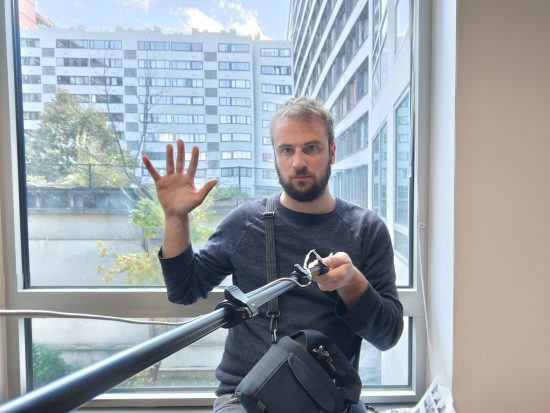
HDR processing: Strong fusion artifacts and image stacking errors are sometimes visible in high contrast scenes.
When successfully activated, the Reno6 Pro produces a pleasant bokeh simulation effect with a nicely blurred background. The effect is not consistently applied across consecutive shots, however, and depth estimation artifacts are often visible, especially in low light.
Shooting video, we found luminance noise well controlled in outdoor conditions, and the fixed focus lens ensures stable and repeatable focusing. But overall video image quality remains low. Exposure instabilities often occur in challenging lighting conditions with a moving target, target exposure is low in low light and dynamic range limited. Some scene integrity artifacts are often visible in HDR videos, too, but the device’s main weakness is stabilization, which is ineffective in all videos.


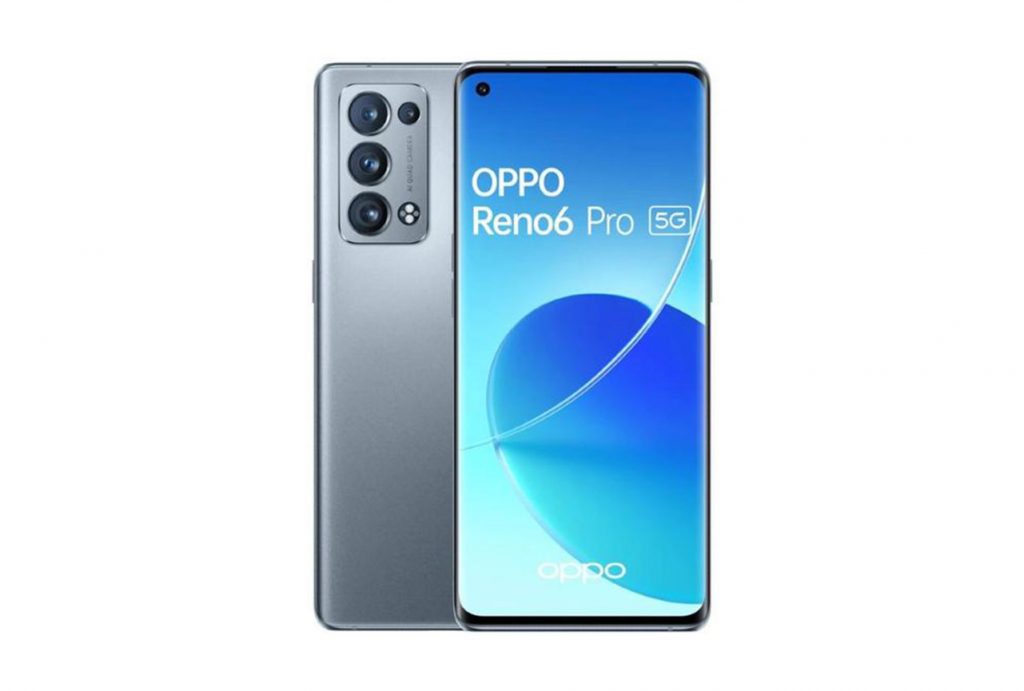


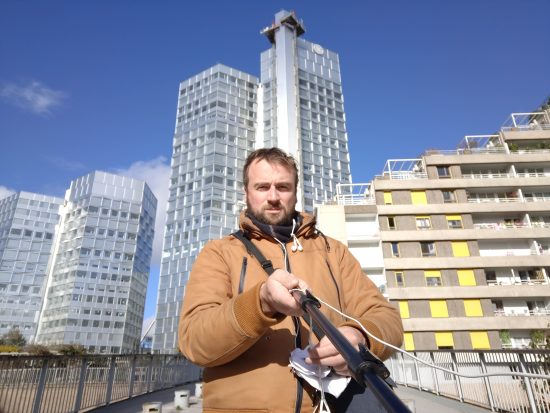
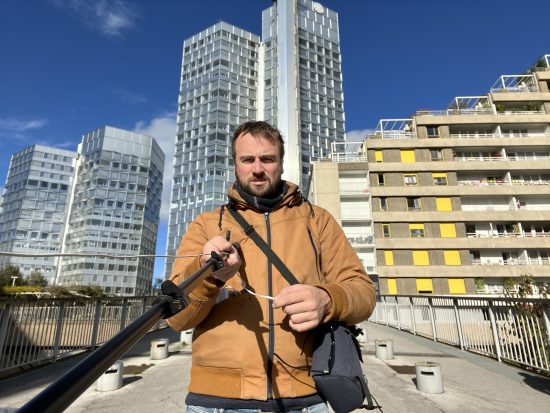
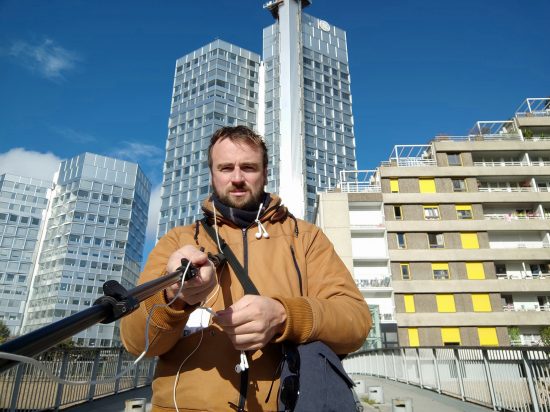

DXOMARK encourages its readers to share comments on the articles. To read or post comments, Disqus cookies are required. Change your Cookies Preferences and read more about our Comment Policy.